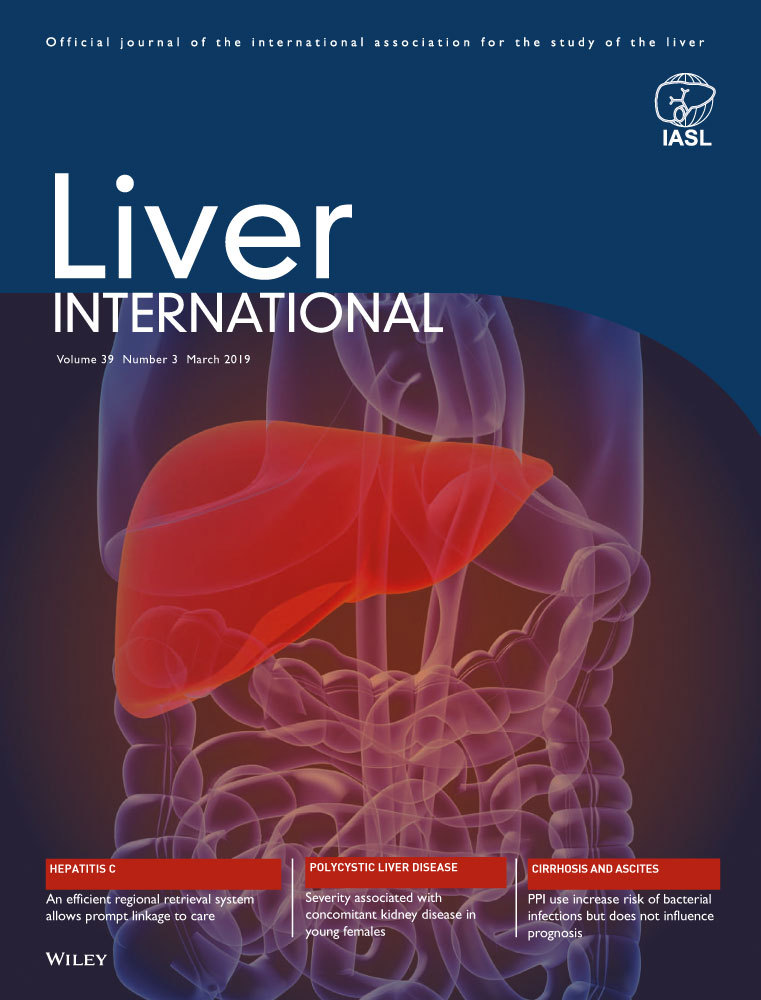Causality between non-alcoholic fatty liver disease and risk of cardiovascular disease and type 2 diabetes: A meta-analysis with bias analysis
Funding information
National Institute for Health Research (NIHR) Leicester Biomedical Research Centre, Leicester, UK to MJD; NIHR Collaboration for Leadership in Applied Health Research and Care—East Midlands to KK; FZ is a clinical research fellow funded with an unrestricted educational grant from the National Institute for Health Research Collaboration for Leadership in Applied Health Research and Care (CLAHRC) East Midlands to the University of Leicester. The funding sources had no role in study design, data collection, data analysis, data interpretation or writing of the report. The views expressed are those of the authors and not necessarily those of the NHS, the NIHR or the Department of Health.
Handling Editor: Luca Valenti
Abstract
Background & Aims
A causal association of non-alcoholic fatty liver disease (NAFLD) with cardiovascular disease (CVD) and type 2 diabetes (T2DM) remains unproved. We aimed to quantify the likelihood of causality examining the sensitivity of observational associations to possible confounding.
Methods
Studies investigating longitudinal associations of NAFLD with CVD or T2DM were searched on 5 June 2018. Study-specific relative risks (RRs) were combined in random-effects meta-analyses and pooled estimates used in bias analyses.
Results
Associations of NAFLD with CVD and T2DM were reported in 13 (258 743/18 383 participants/events) and 20 (240 251/12 891) studies respectively. Comparing patients with NAFLD to those without, the pooled RR was 1.48 (95% CI: 0.96, 2.29) for CVD and 2.17 (1.77, 2.65) for T2DM. In bias analyses, for an unmeasured confounder associated to both NAFLD and CVD with a RR of 1.25, the proportion of studies with a true (causal) effect of NAFLD on CVD surpassing a RR of 1.10 (ie, 10% increased risk of CVD in participants with NAFLD) was 0.67 (95% CI: 0.42, 0.92) while for 75% increase, it was 0.36 (0.11, 0.62). Corresponding figures for T2DM were 0.97 (0.91, 1.00) for a 10% increased risk of T2DM in participants with NAFLD to 0.70 (0.49, 0.92) for a 75% increase.
Conclusions
The results of this study are strongly suggestive for a causal relationship between NAFLD and T2DM, while the evidence for a causal link between NAFLD and CVD is less robust. Therapeutic strategies targeting NAFLD are likely to reduce the risk of developing T2DM.
CONFLICT OF INTEREST
KK: speaker for Novartis, Novo Nordisk, Sanofi–Aventis, Lilly, Servier and Merck Sharp & Dohme. Grants in support of investigator and investigator initiated trials from Novartis, Novo Nordisk, Sanofi–Aventis, Lilly, Pfizer, Boehringer Ingelheim and Merck Sharp & Dohme. Funds for research, honoraria for speaking at meetings and advisory boards for Lilly, Sanofi–Aventis, Merck Sharp & Dohme and Novo Nordisk. MJD: Consultant, advisory board member and speaker for Novo Nordisk, Sanofi–Aventis, Lilly, Merck Sharp & Dohme, Boehringer Ingelheim, AstraZeneca and Janssen; speaker for Mitsubishi Tanabe Pharma Corporation. Grants in support of investigator and investigator initiated trials from Novo Nordisk, Sanofi–Aventis and Lilly.




